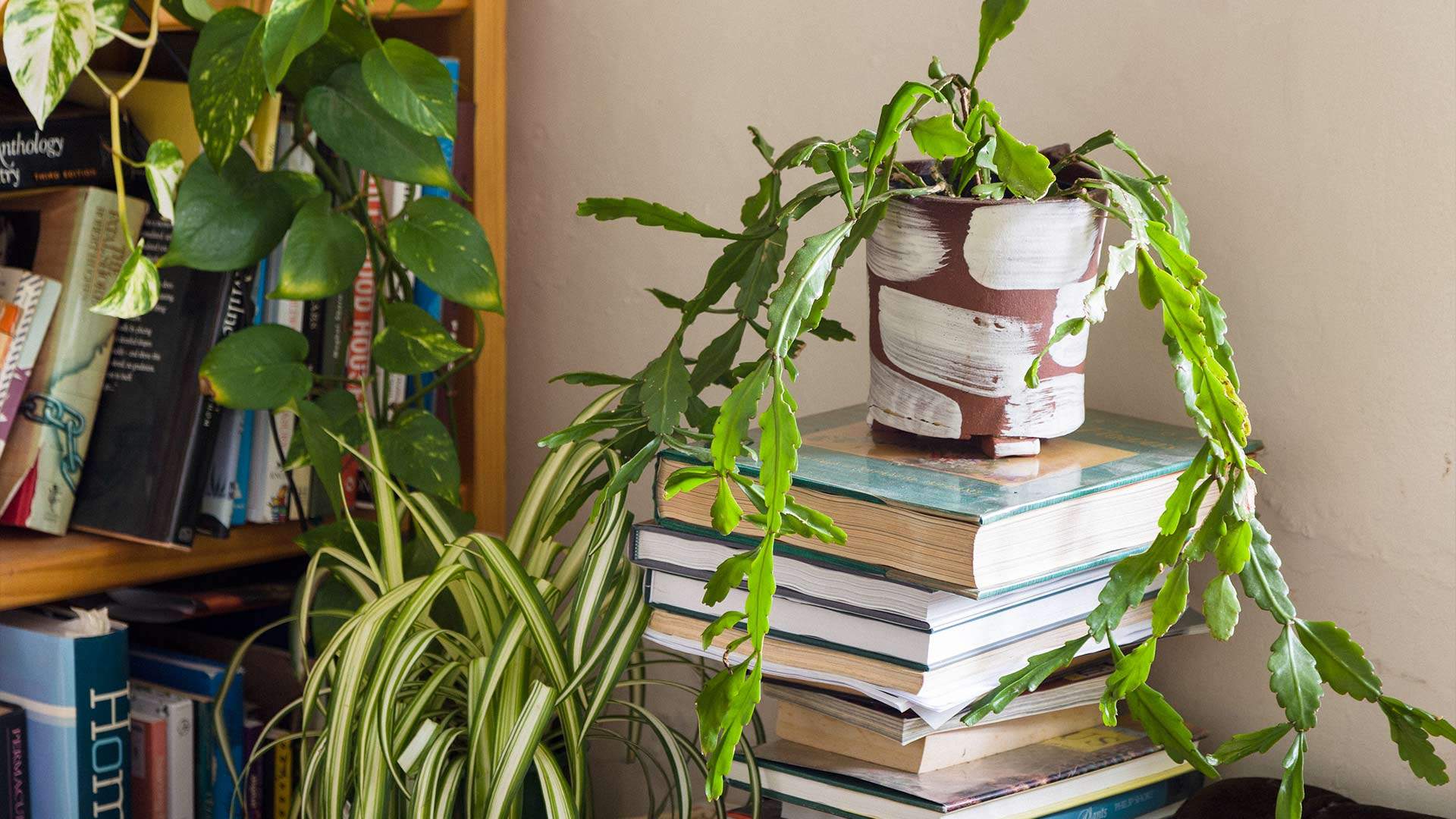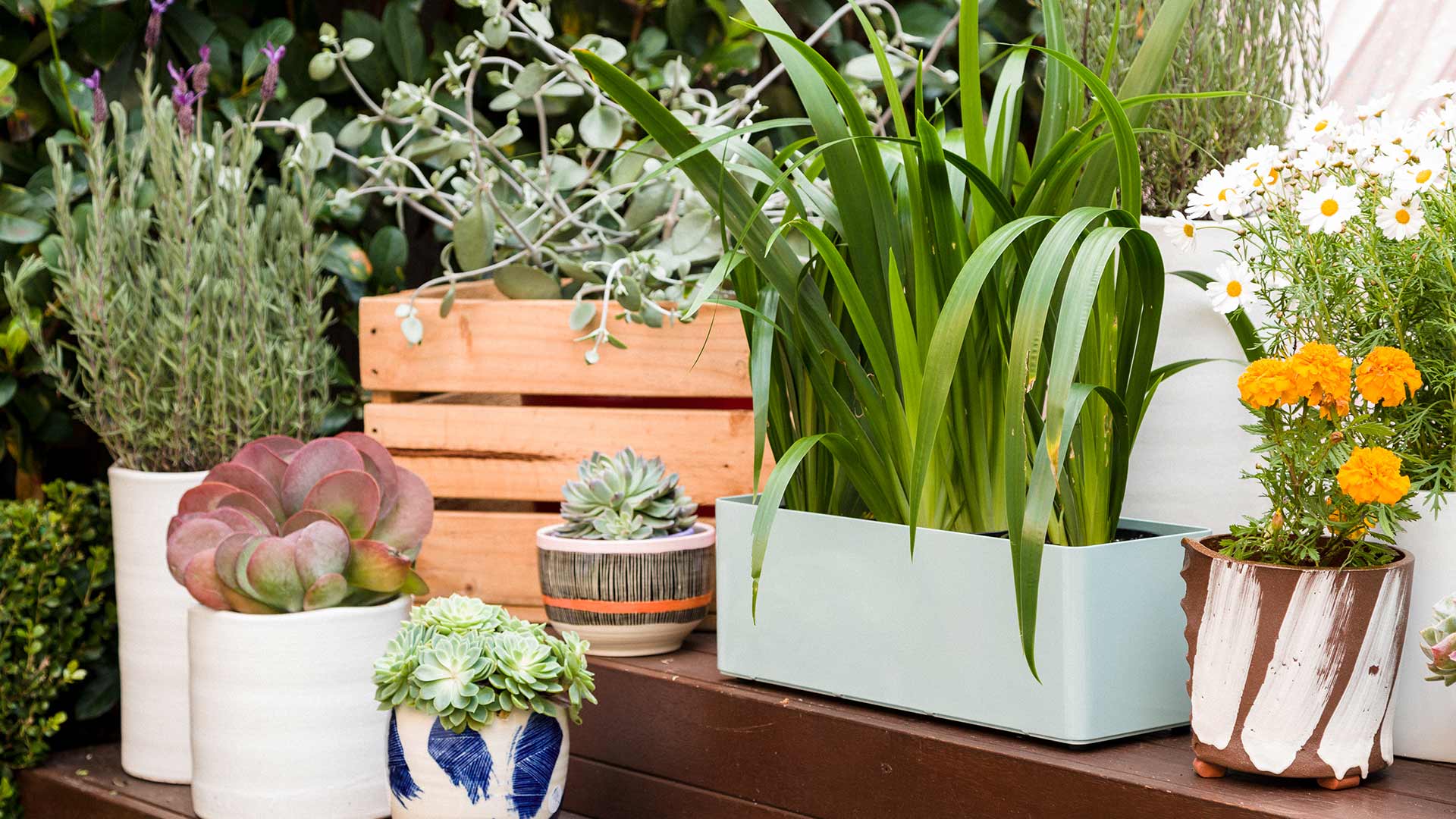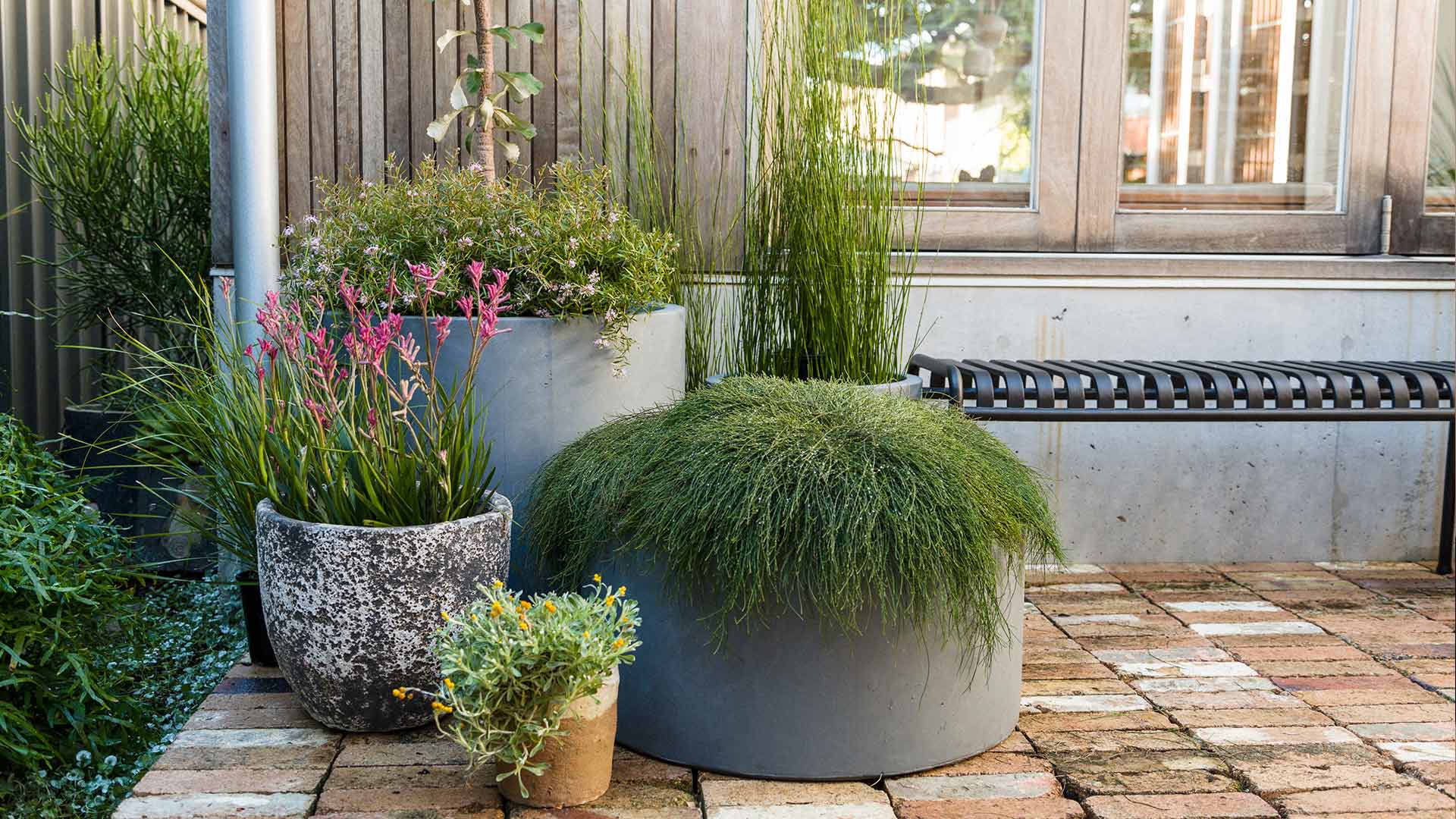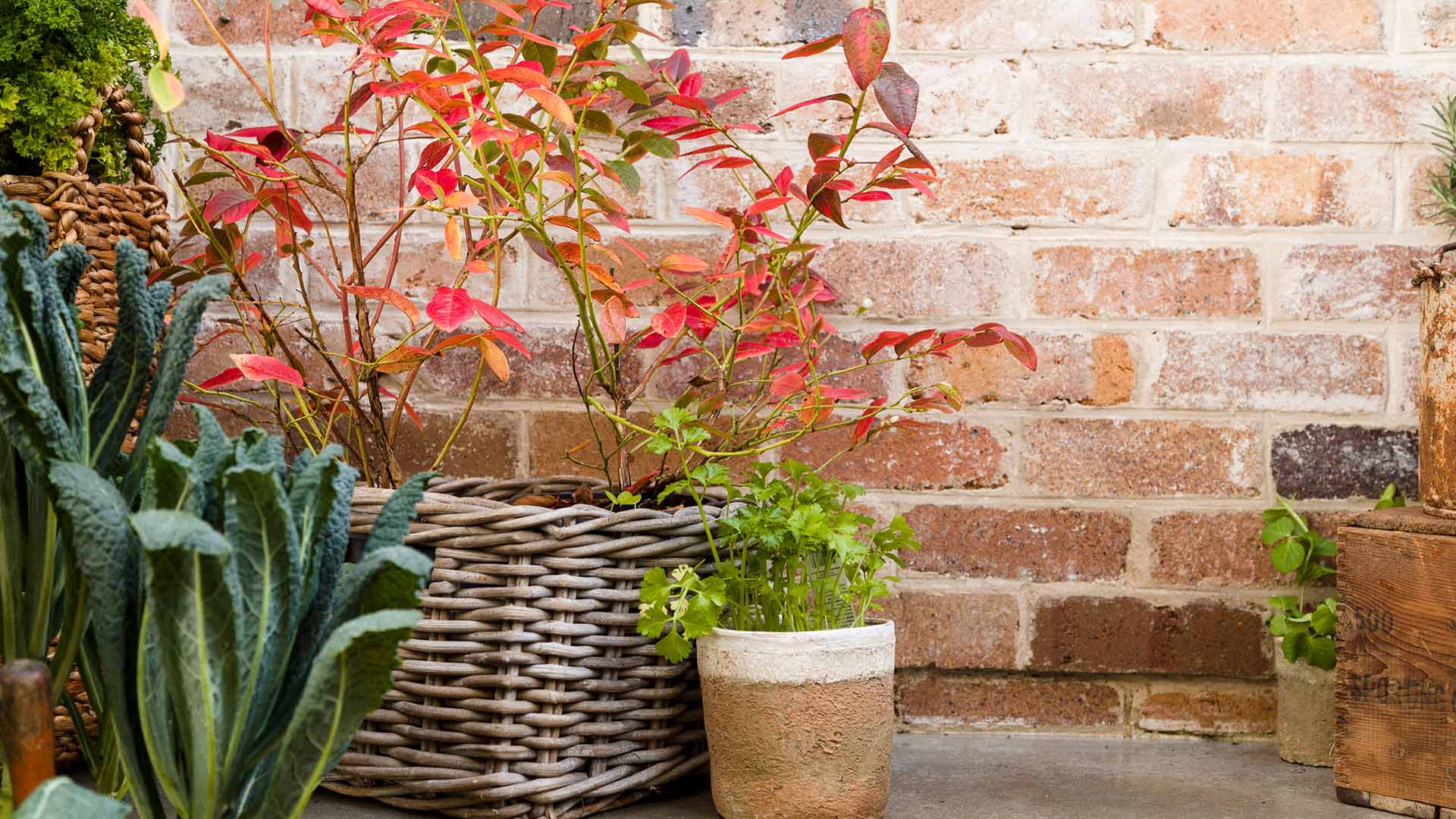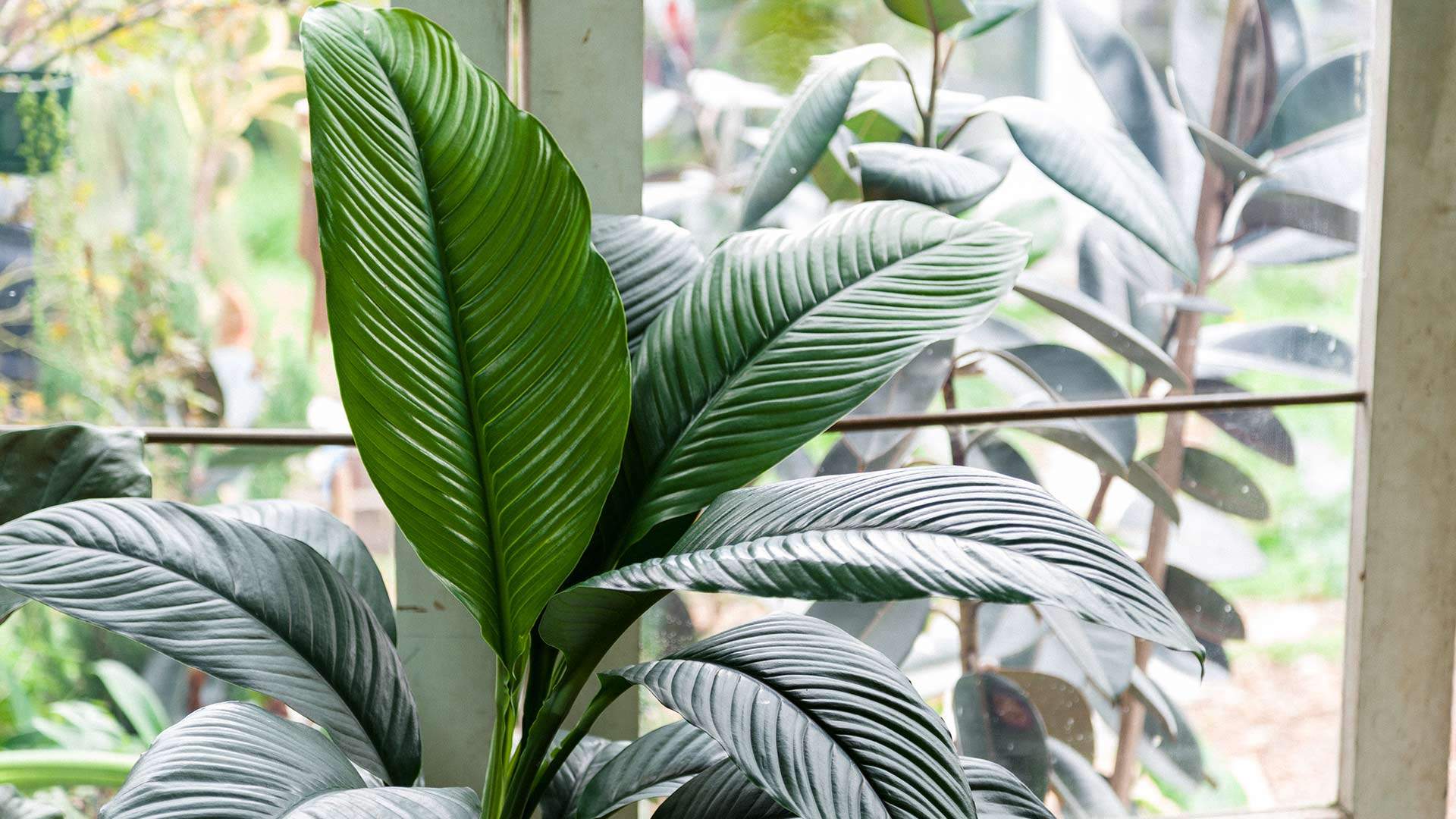How to Choose the Best Plants For Your Home
North, south, east, west — we've got the plants you should be growing no matter which direction your home faces.
In partnership with
Buying a plant is a bit like getting a pet — except, at times, even more difficult. You see a fancy-looking fern in the plant store and think, whoa, this would look great on the kitchen bench. So you take it home and try your best, really, to take care of it, and dream that one day it might love you back (hopefully). But then disaster happens; you see a few brown leaves and it looks a little wilted. What do you do?
Truth is, some plants can be pretty needy, and some just don't flourish in certain environments. It can be really hard to figure out what your plants require and where they grow best, so we spoke to Georgina Reid, founder and editor of online magazine The Planthunter. She's given her seasoned advice that'll help you keep those plant babies alive, organised by the different parts of your home.
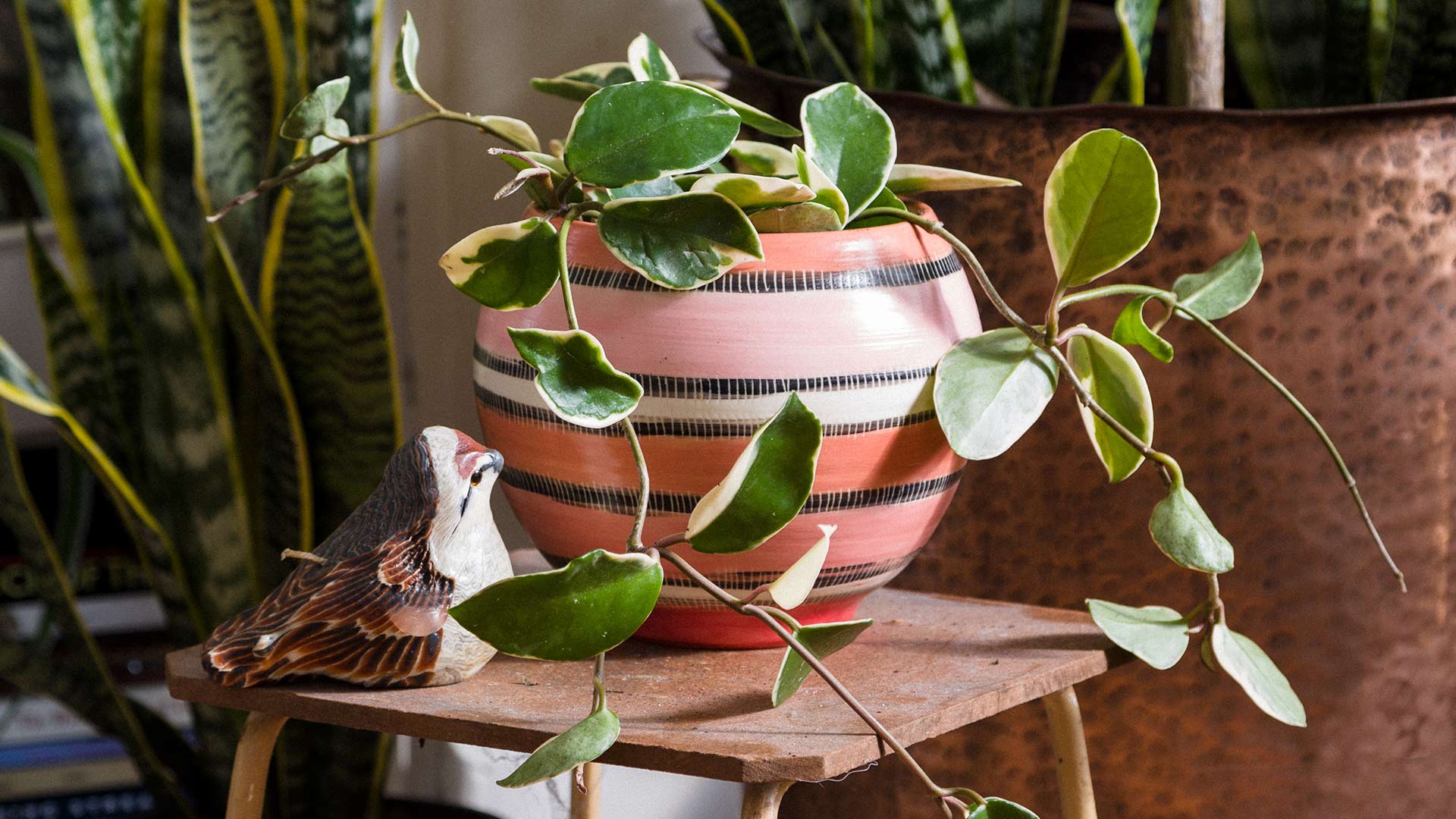
THE SUNNY, NORTH-FACING, INDOOR SPACE
This is your well-sunned living room or kitchen with a nice big window. There's a lot that can grow here due to the amount of sunshine pouring in. Many succulents will work well in this space; look to hen and chicks (Echeveria spp.), jade plant (Crassula spp.) and even mistletoe cactus (Rhipsalis spp.). Aesthetically, the fiddle-leaf fig looks snazzy in a well-lit, white room (although apparently a little cliché in the plant community), and so does peperomia with its thick, slightly succulent leaves.
Just be aware if this space doesn't get that direct afternoon sun — this may be good for you in the middle of summer, but not so much for any cacti or herbs. These guys need a big dose of sun so this spot may be a bit depriving.
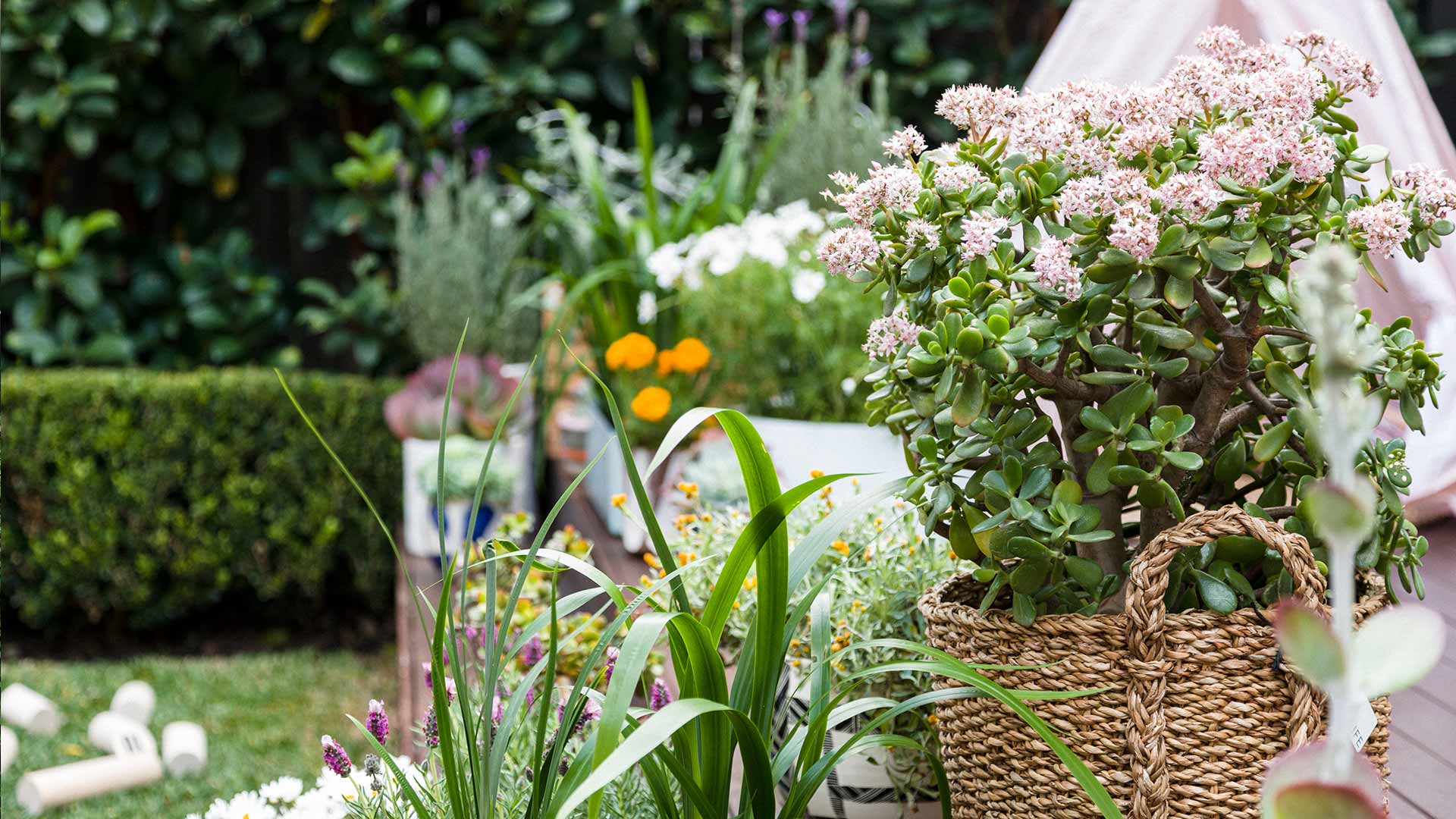
THE SUNNY, BACKDOOR COURTYARD
Conveniently located at the other end of your house, the courtyard is most likely at ground level so there's a good chance you can plant directly in the soil and keep things in pots. As a result, consider this spot the all-rounder. It's an ideal location for succulents, flowers, vegetables and herbs.
Oregano, rosemary and thyme are quite easy to grow, and the great thing about them is that they're perennial — they'll live for more than one year (unlike basil, coriander and parsley who live fast and die young). Many veggies need roughly four to six hours of sun each day, making a sunny courtyard an ideal space for them to thrive.
And if you're not after edibles, Reid recommends checking out the spaghetti-like hanging fronds of the mistletoe cactus (Rhipsalis spp.) which provide an eye-catching, refreshingly sculptural addition to a shadier outdoor space.

THE OFTEN HUMID, STEAMY BATHROOM
Plants might do a great job of freshening up the bathroom, but the steam from your shower is enough to drown a large number of genera — FYI, that's the plural of genus— so Reid suggests looking for tropical climate plants.
Ferns are great here as they love that moisture. The Boston fern is a great bathroom addition visually. They're also pretty tough and grow very tall. Maidenhair fern is also a popular bathroom addition, but be warned: this one may be for the greenest of thumbs. According to Reid, the Maidenhair can be quite temperamental if not provided with near-perfect growing conditions.
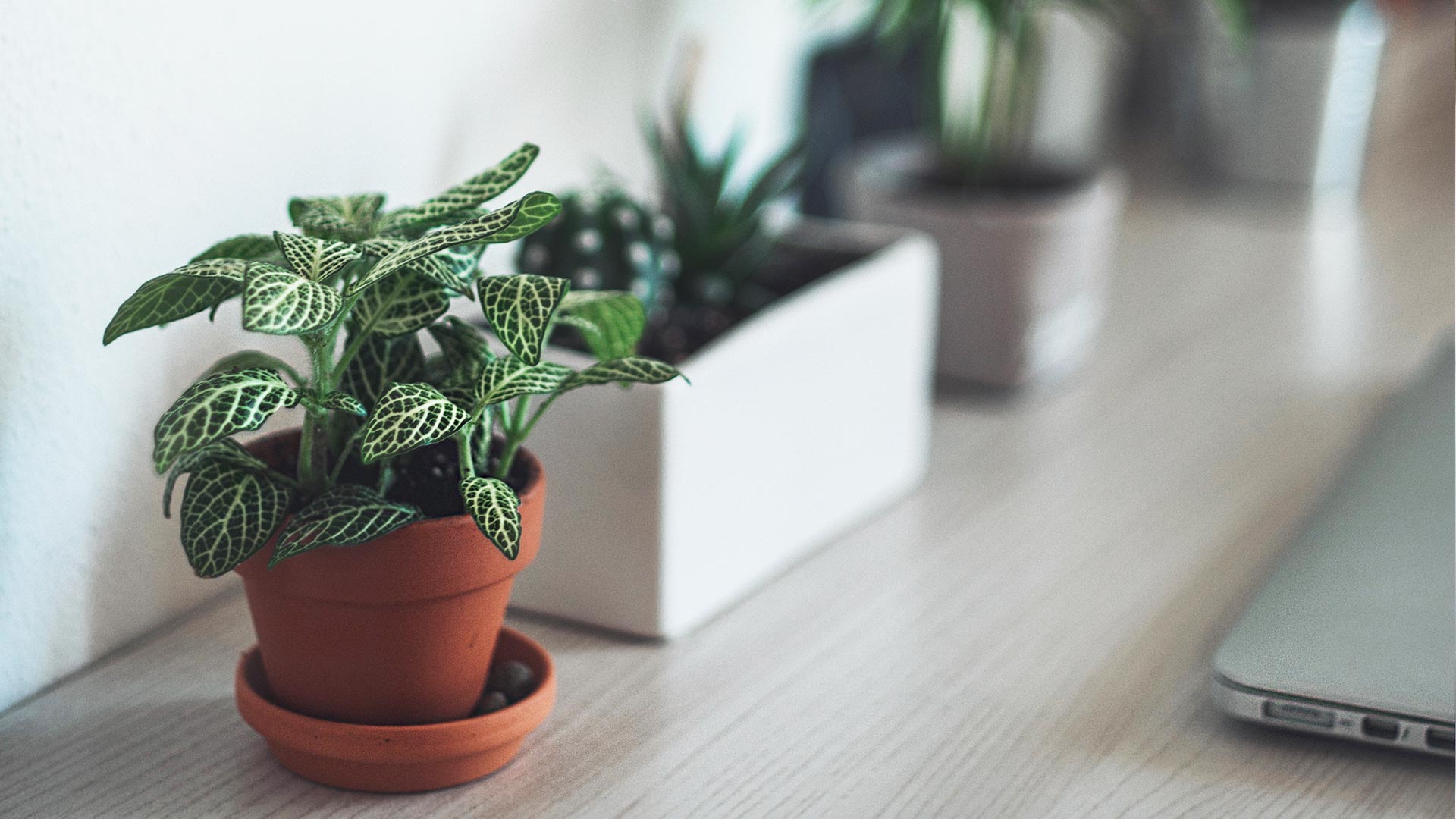
THE LOW-LIT STUDY OR BEDROOM
Our bedrooms and studies aren't reliably bright, so the desk cactus doesn't like this part of the house, regardless of how cute it looks next to that lamp. Reid recommends you swap it for a big leafy plant or fern instead. She suggests looking for rainforest plants: "They've evolved with large, glossy leaves to grab as much light as possible." Although not applicable to all plants, many of these have 'drip tips'. You can identify these by the point at the end of the leaf that water spills off.
Some of Reid's favourites include the hoya, a beautifully sculpted climbing plant with incredible flowers, and Devil's Ivy — the name comes from the fact that it's near impossible to kill this guy. Also, the Fruit Salad plant (also known as monstera) doesn't really need a whole lot of sun and grows really well in dim light.
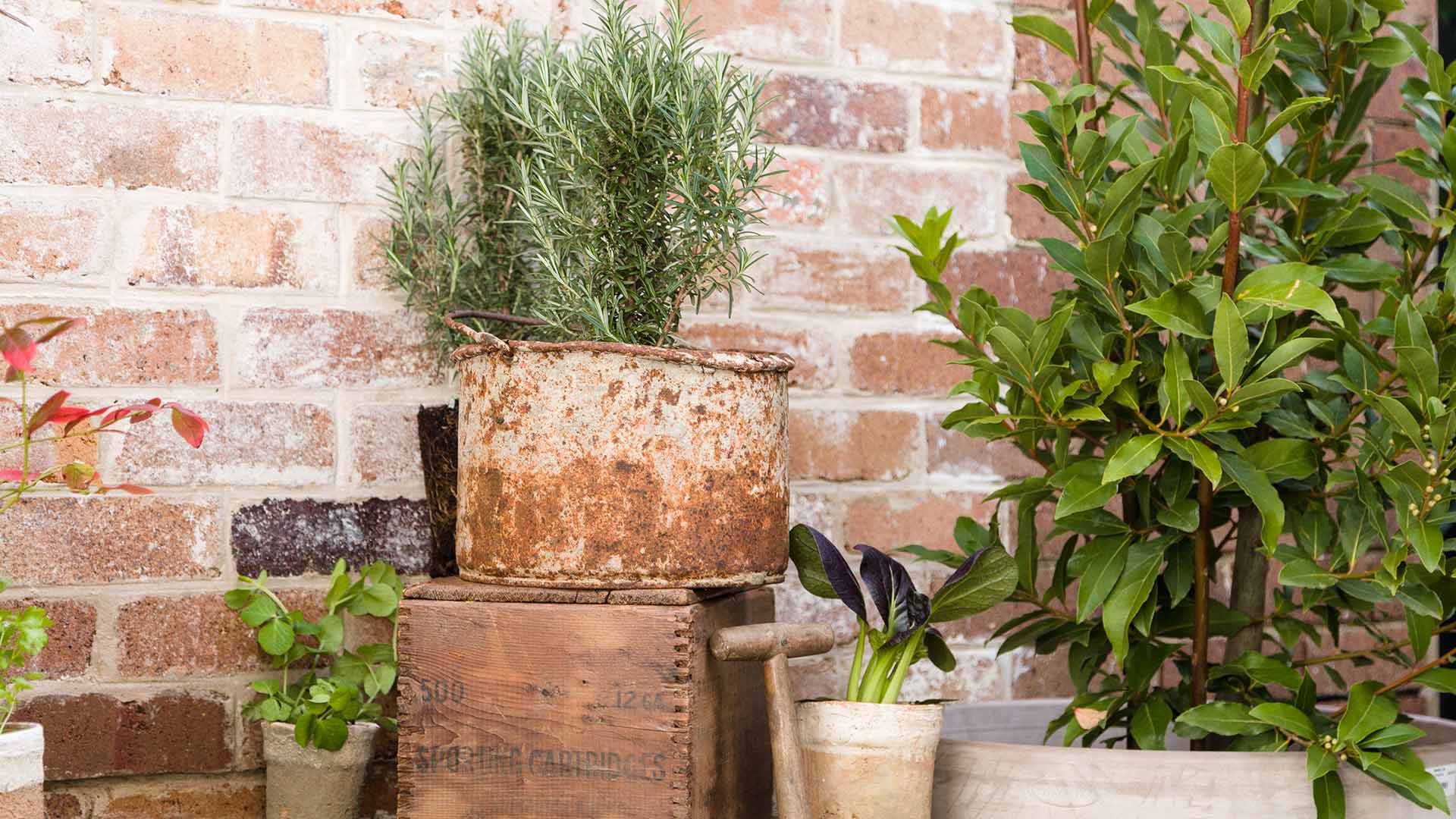
THE HOT, WEST-FACING BALCONY
The west-facing balcony might be the hottest part of your place, after the oven. In summer, the afternoon sun will roast this area, making it scorched and dry. So, it's best to put those plants that require a lot less moisture out here. Cacti love this setting: if at all, they require very little watering — they thrive in the desert, after all. Herbs are great too and so are veggies: they all need a good showering of sun.
Succulents will grow well in the heat, too. Reid recommends plants from the aloe genus, particularly picatilis or Fan Aloe. Like other succulents, it's the perfect plant to survive a heatwave as all the moisture is stored within its leaves. So how much water do succulents need? You'll notice when they need more moisture; they'll be trying to draw water from itself and will look a little withered.
"It's best to give your plants a good soaking every week or two, rather than a trickle every day," says Reid. You can tell if they need a water by sticking a finger into the soil. If there's moisture, it's probably fine. There's no need to drown the poor thing.
All in all, getting your plants to thrive can be tricky and often needs more than one go. But if it doesn't work out, try again. "Plants die," says Reid, "that's just how it is."
Plant Life Balance is a new initiative designed to get Australians excited and confident about styling their homes with plants while promoting the healthy benefits plants bring. The initiative also delivers an Australian-first, virtual greening app. The Plant Life Balance app, asks Aussies to rate their space, then improve their health score by choosing a look for their room or outdoor area, grabbing a plant list and hitting the nursery. Download the app here.
